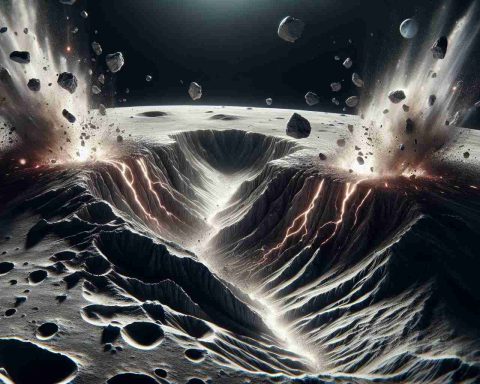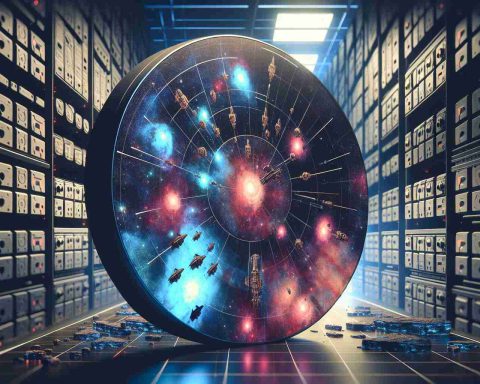A recent investigation delves into the possibility of Martian ice sheets harboring conditions conducive to sustaining life beyond Earth.
The study uncovers fascinating insights about the unique interplay between thin ice sheets, dust, and sunlight on Mars. Instead of frozen carbon dioxide, these ice sheets, stretching as deep as nine feet below the planet’s surface, are primarily composed of frozen water.
The intriguing discovery is the presence of dust within the ice, enhancing sunlight absorption and generating sufficient heat to melt the icy layers. This phenomenon gives rise to what scientists describe as “radiative habitable zones” within Mars’ tropics, mirroring the protective conditions found in Earth’s equatorial regions.
In a quest to unravel the mysteries of potential life on Mars, researchers emphasize that these habitable zones may serve as promising exploration sites due to the minimized impact of the planet’s ultraviolet radiation. While the study does not confirm the existence of life in these zones, it hints at the exciting prospects of uncovering microbial organisms or plant life surviving through photosynthesis.
Building on these findings, the scientific community eagerly awaits further insights from the ongoing mapping efforts led by Aditya Khuller’s team at NASA’s Jet Propulsion Laboratory. The team’s rigorous research, detailed in Nature Communications Earth & Environment, sets a compelling foundation for future endeavours to unravel the enigmatic landscapes of the red planet.
Exploring Potential Life-Sustaining Conditions on Martian Ice Sheets: Unveiling New Insights
While the recent investigation sheds light on the intriguing possibility of Martian ice sheets fostering conditions conducive to sustaining life, there are additional questions and aspects that merit consideration in the quest for understanding the Red Planet’s habitability.
Key Questions:
1. Are there organic molecules present within the ice sheets that could indicate past or present life forms?
2. How do the dynamics of subsurface ice formation and melting impact the potential habitability of these regions?
3. What role does the unique composition of Martian ice play in supporting any potential life forms?
Key Challenges and Controversies:
1. Sample Collection: Extracting samples from the depths of Martian ice sheets for detailed analysis poses technical challenges.
2. Life Detection: Distinguishing between abiotic and biotic processes in the ice layers remains a complex issue.
3. Environmental Factors: Understanding how factors like temperature fluctuations and radiation exposure affect habitability is crucial.
Advantages and Disadvantages:
On one hand, the discovery of radiative habitable zones within Martian ice sheets presents a tantalizing prospect for potential life forms to thrive in unique conditions. The presence of dust aiding in sunlight absorption could fuel microbial activity and biological processes. However, the uncertainties surrounding the sustainability of life in these regions and the challenges associated with confirming the existence of life on Mars underscore the complexities involved in this scientific endeavor.
For further exploration into the potential life-sustaining capabilities of Martian ice sheets and the broader implications for astrobiology, researchers and space agencies continue to collaborate and deploy advanced technologies to unlock the mysteries of the Red Planet.
Suggested related link: NASA’s Mars Exploration Program















